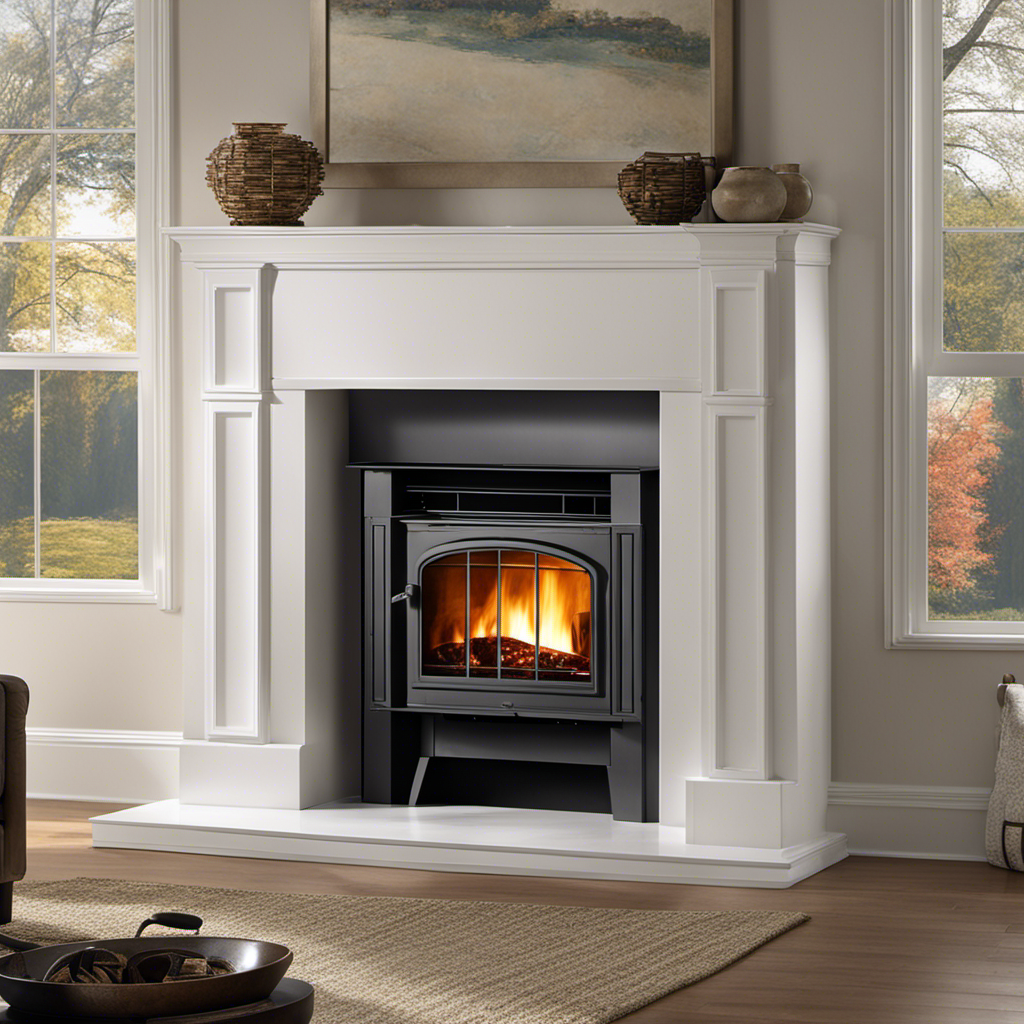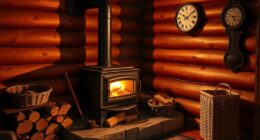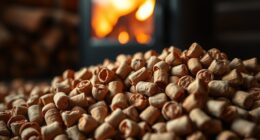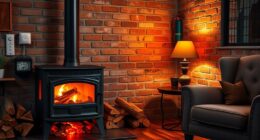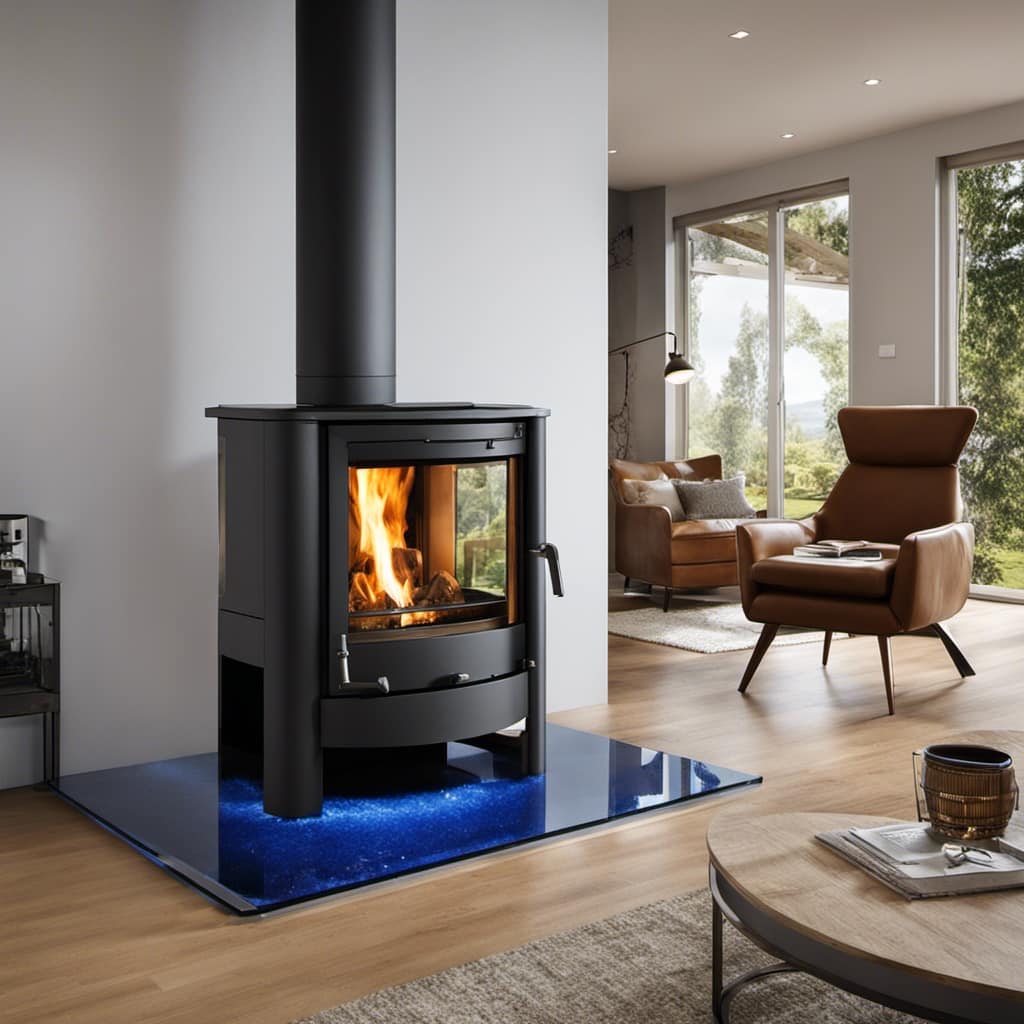
I have often pondered the maximum number of elbows that can be used in a wood stove pipe. Could having too many elbows impact the system’s efficiency and safety?
In this article, we’ll explore the regulations and guidelines for stove pipe elbow placement and discuss the potential consequences of exceeding the limit. Whether you’re a seasoned wood stove user or considering installation for the first time, understanding the importance of proper stove pipe design is crucial for optimal performance and peace of mind.
Key Takeaways
- Match pipe size to stove’s flue collar size for proper airflow and prevent smoke leakage.
- Use stainless steel or double-wall black stove pipe elbows for durability and heat resistance.
- Maximum of four elbows allowed in a wood stove pipe.
- Minimize the number of elbows and aim for no more than two for smoother and more efficient heat transfer.
Understanding the Importance of Proper Stove Pipe Installation
I’ve recently learned the importance of properly installing a stove pipe for my wood stove. Proper stove pipe maintenance is crucial for the safe and efficient operation of a wood stove.
One of the most common mistakes in stove pipe installation isn’t using the correct size pipe. It’s essential to match the pipe size to the stove’s flue collar size to ensure proper airflow and prevent smoke leakage.
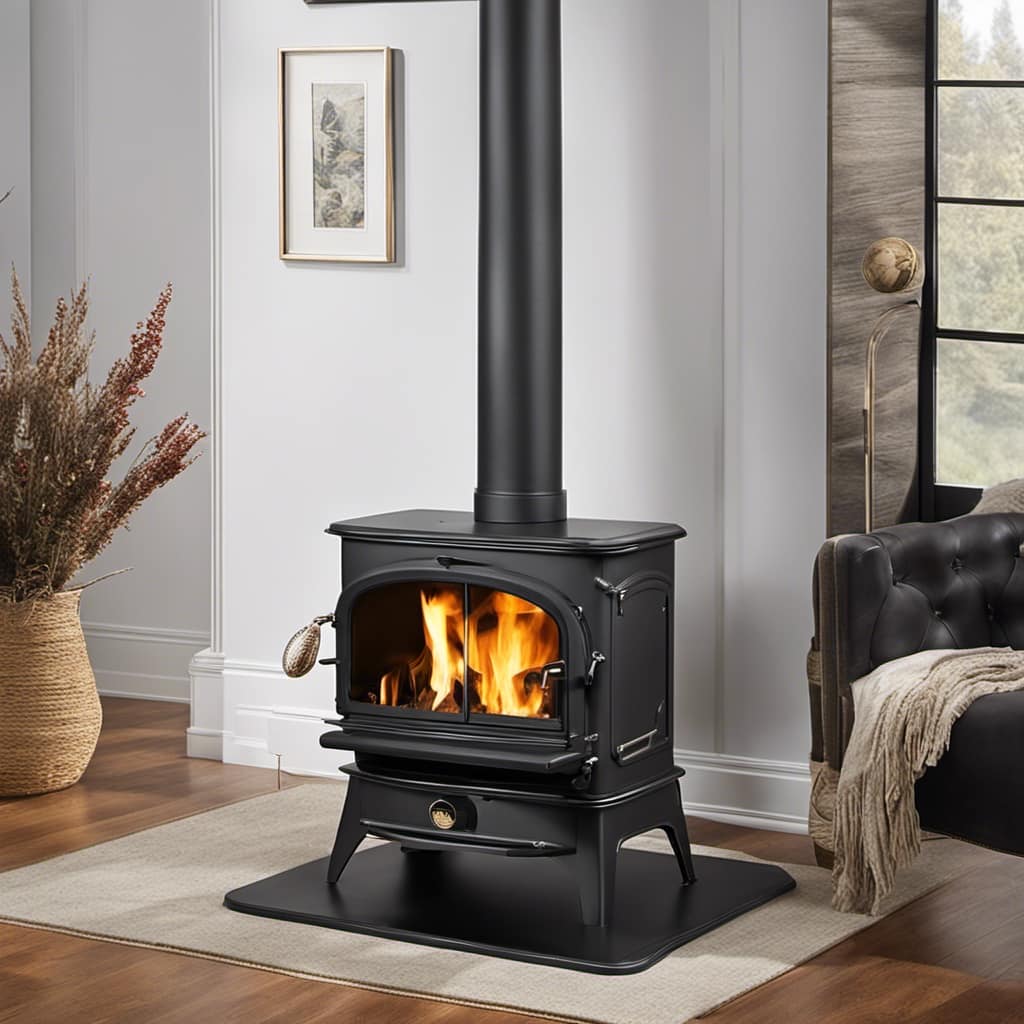
Another common mistake isn’t providing enough clearance between the stove pipe and any combustible materials. This can lead to a fire hazard.
Additionally, it’s important to use high-quality stove pipe materials that are designed for the high temperatures generated by the wood stove.
Regular inspection and cleaning of the stove pipe are also necessary to prevent creosote buildup, which can cause chimney fires.
Regulations and Guidelines for Stove Pipe Elbow Placement
The regulations state that a minimum of 18 inches of straight pipe should be installed before the first elbow. This is to ensure proper airflow and reduce the risk of creosote buildup.

When installing stove pipe elbows, it’s important to use the right materials to ensure durability and safety. Common mistakes in stove pipe elbow installation include using the wrong type of elbow, improper sealing, and not following the manufacturer’s instructions.
Here are some key points to keep in mind:
-
Choose the right stove pipe elbow materials: Stainless steel or double-wall black stove pipe elbows are recommended for their durability and heat-resistant properties.
-
Properly seal the elbows: Use high-temperature silicone sealant or stove pipe tape to seal the joints and prevent any leaks.

-
Follow the manufacturer’s instructions: Always consult the manufacturer’s guidelines for proper installation, including the required clearance distances and any specific instructions for your stove model.
Maximum Number of Elbows Allowed in a Wood Stove Pipe
I can install a maximum of four elbows in my wood stove pipe. When designing the layout of the stove pipe system, there are several design considerations to keep in mind.
The placement and number of elbows can significantly impact the efficiency and performance of the wood stove. Each elbow introduces resistance and turbulence in the airflow, potentially affecting the draft and causing a decrease in the stove’s overall efficiency. It’s important to maintain a smooth and unrestricted airflow to ensure optimal combustion.
Additionally, maintenance requirements should be taken into account. Elbows can create areas where creosote and debris can accumulate, increasing the risk of chimney fires. Regular cleaning and inspection become crucial in these areas.

Exceeding the limit on elbows can have potential consequences. It can lead to poor draft, increased creosote buildup, and reduced stove efficiency.
Potential Consequences of Exceeding the Limit on Elbows
Having more than four elbows in a wood stove pipe can result in decreased efficiency, increased creosote buildup, and diminished stove performance. When it comes to the installation of wood stove pipes, it’s crucial to be mindful of the number of elbows used. Exceeding the recommended limit can lead to a variety of issues that may pose fire hazards and increase the risk of creosote buildup.
-
Decreased efficiency: The more elbows present in the stove pipe, the more obstacles the exhaust gases encounter. This can disrupt the smooth flow of air, resulting in reduced efficiency and heat output from the stove.
-
Increased creosote buildup: Elbows create areas where smoke and gases can cool down and condense, leading to the accumulation of creosote. This highly flammable substance can ignite and cause chimney fires if not regularly cleaned.
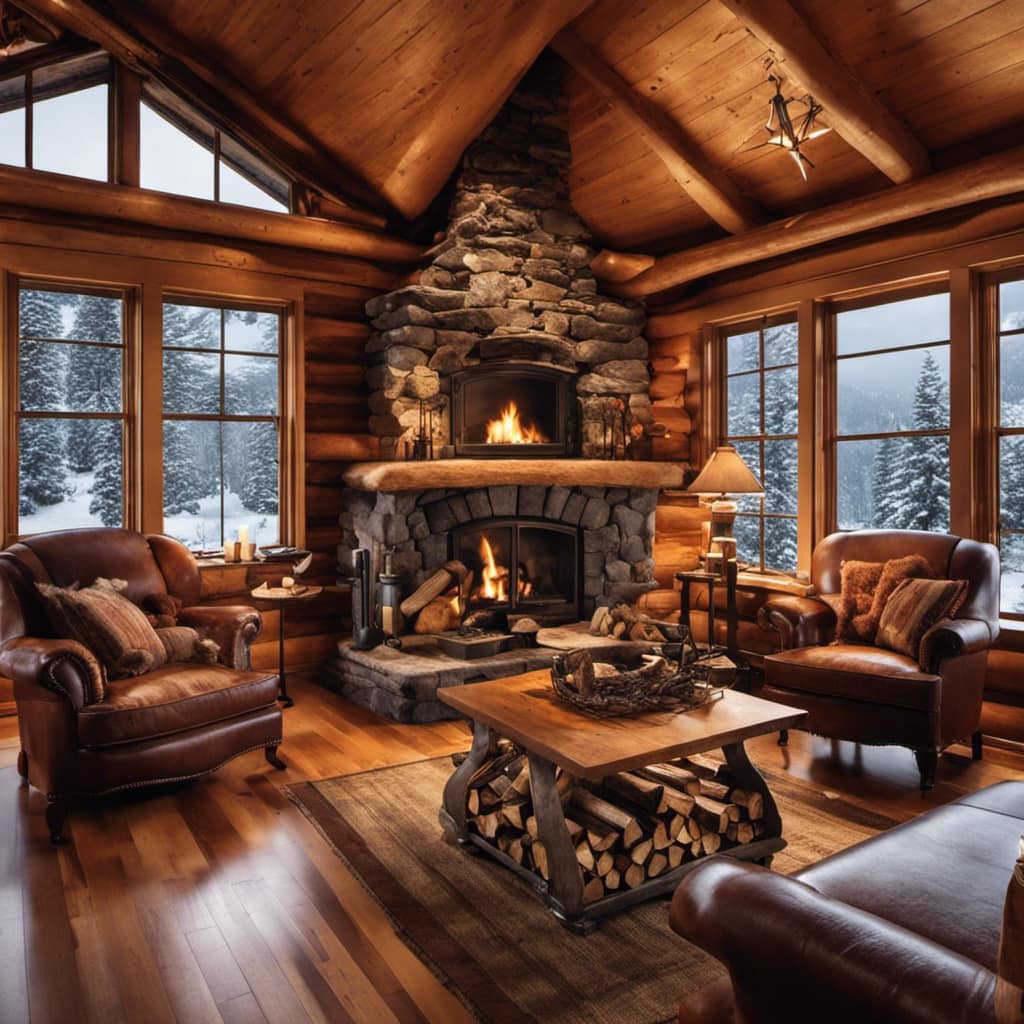
-
Diminished stove performance: With excessive elbows, the stove may struggle to draw in enough air for proper combustion. This can lead to poor performance, increased smoke production, and even the potential for carbon monoxide build-up in the living space.
To ensure optimal stove performance and minimize fire hazards, it’s important to adhere to the recommended limit on elbows in a wood stove pipe. Regular maintenance, including cleaning and inspection, is also essential to mitigate the risk of creosote buildup.
Tips and Best Practices for Efficient Stove Pipe Design
For efficient stove pipe design, a key tip is to minimize the number of elbows and use straight sections whenever possible. Elbows create resistance in the airflow, leading to reduced efficiency and increased creosote buildup. Ideally, stove pipes should have no more than two elbows, allowing for smoother and more efficient heat transfer.
Additionally, using straight sections of pipe ensures a more direct path for the smoke and gases to exit the chimney. When considering chimney height, it’s important to meet local building codes and regulations. A taller chimney promotes better draft and improves the stove’s performance.
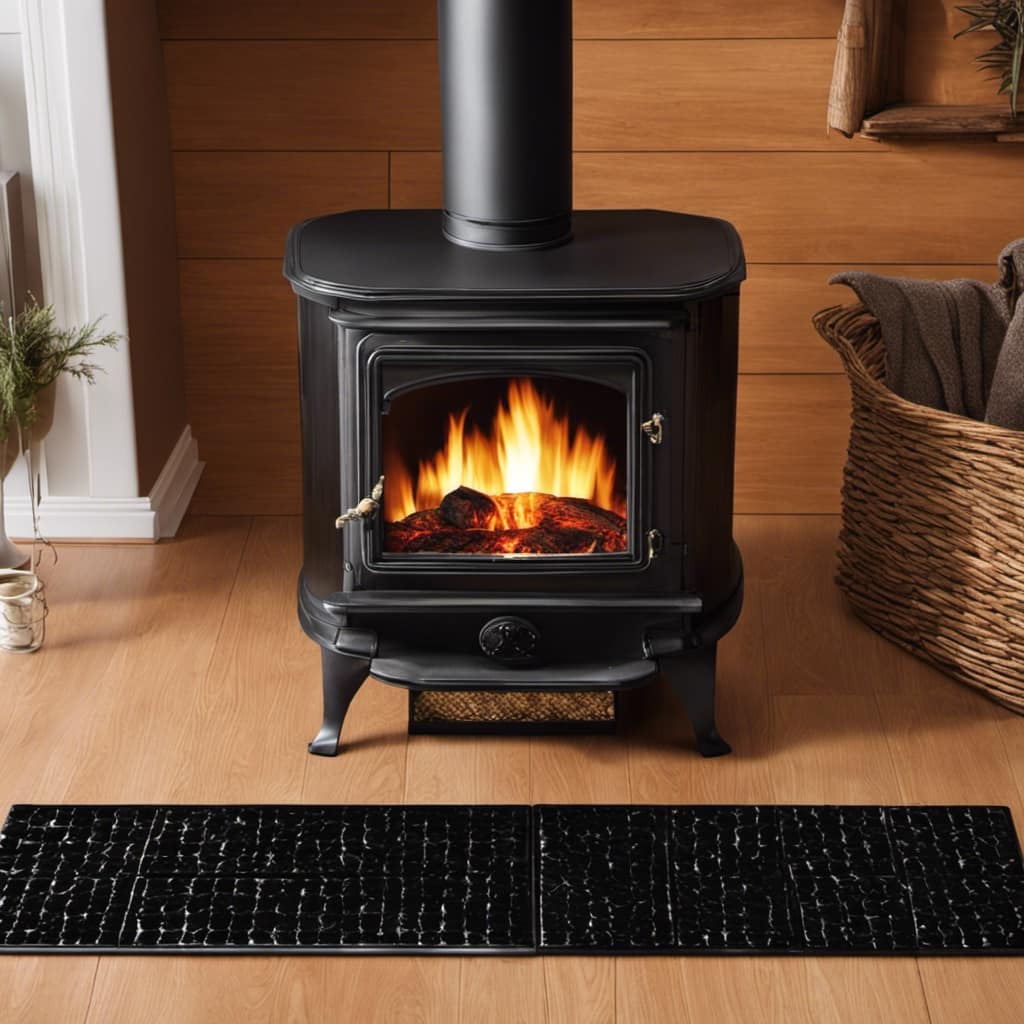
As for insulation options, there are various materials available, such as ceramic fiber insulation, which helps retain heat and prevents excessive heat loss. Proper insulation can enhance the efficiency of the stove pipe system and reduce energy consumption.
Frequently Asked Questions
What Are the Different Types of Stove Pipe Elbows Available?
There are various types of stove pipe elbows available, each made from different materials. The pros and cons of each type should be considered, as they can affect the performance and durability of the wood stove pipe.
Are There Any Special Requirements for Stove Pipe Installation in Mobile Homes?
Are there special requirements for stove pipe installation in mobile homes? Mobile home regulations dictate specific guidelines for stove pipe clearance to ensure safety and prevent fire hazards. Is your installation up to code?
Can I Install a Wood Stove Pipe With Multiple Elbows in a Small Room?
Yes, you can install a wood stove pipe with multiple elbows in a small room. However, it is important to follow wood stove pipe installation tips to ensure proper ventilation and safety. The benefits of using a wood stove in a small room include efficient heating and cost savings.

What Is the Recommended Distance Between the Stove and the First Elbow in the Stove Pipe?
The recommended distance between the stove and the first elbow in the stove pipe is typically around 18 inches. This ensures proper airflow and minimizes the risk of heat damage. Safety precautions should always be followed when installing a wood stove pipe.
How Do I Calculate the Correct Size of Stove Pipe for My Wood Stove?
To calculate the correct size of stove pipe for my wood stove, I need to consider factors like stove output, flue length, and the number of elbows. Insulated stove pipes offer benefits like improved draft and reduced creosote buildup.
Conclusion
In conclusion, when it comes to the number of elbows in a wood stove pipe, it’s vital to adhere to regulations and guidelines for proper installation. Exceeding the maximum limit can lead to potential consequences and inefficiency.
By following tips and best practices, you can ensure an efficient stove pipe design. Remember, a well-designed stove pipe is like a harmonious symphony, smoothly guiding the flow of heat and exhaust, creating a warm and cozy atmosphere in your home.
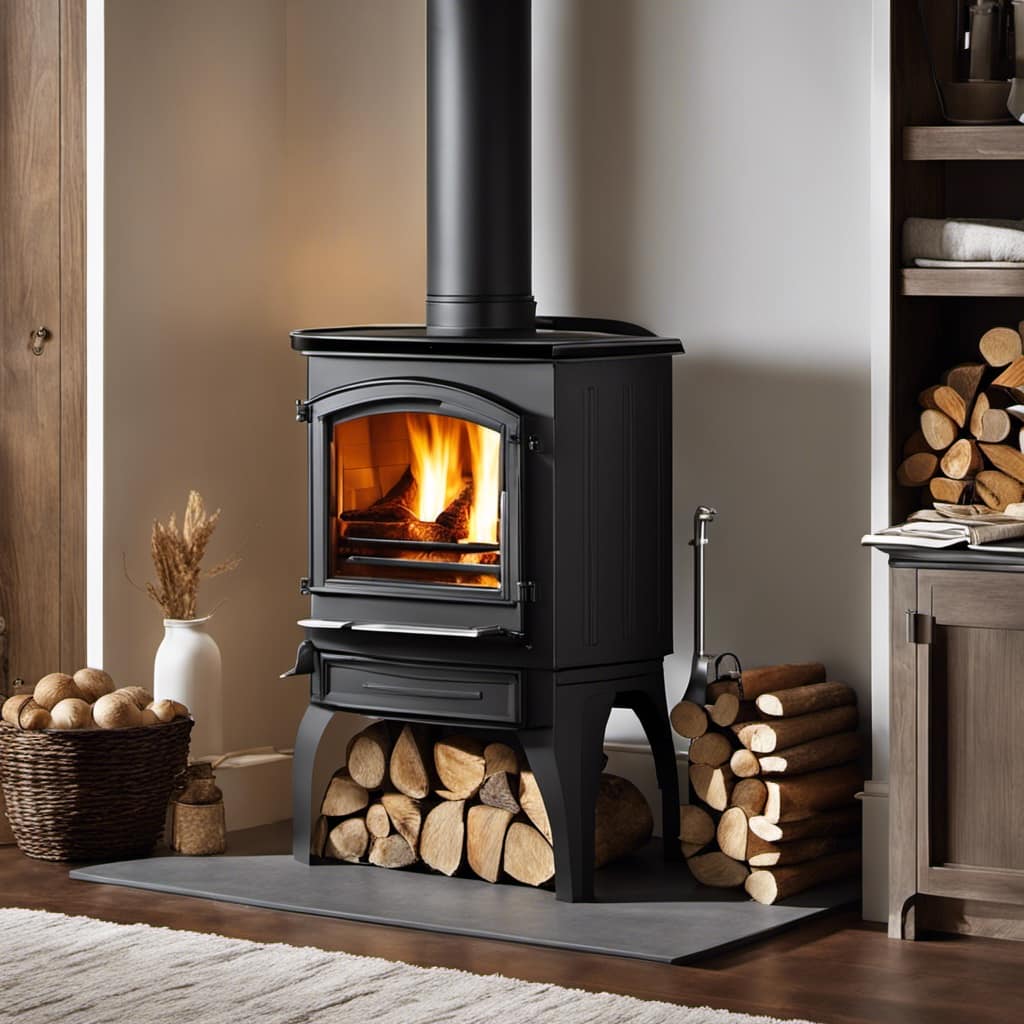
Growing up surrounded by the vast beauty of nature, Sierra was always drawn to the call of the wild. While others sought the comfort of the familiar, she ventured out, embracing the unpredictable and finding stories in the heartbeat of nature.
At the epicenter of every remarkable venture lies a dynamic team—a fusion of diverse talents, visions, and passions. The essence of Best Small Wood Stoves is crafted and refined by such a trio: Sierra, Logan, and Terra. Their collective expertise has transformed the platform into a leading authority on small wood stoves, radiating warmth and knowledge in equal measure.




